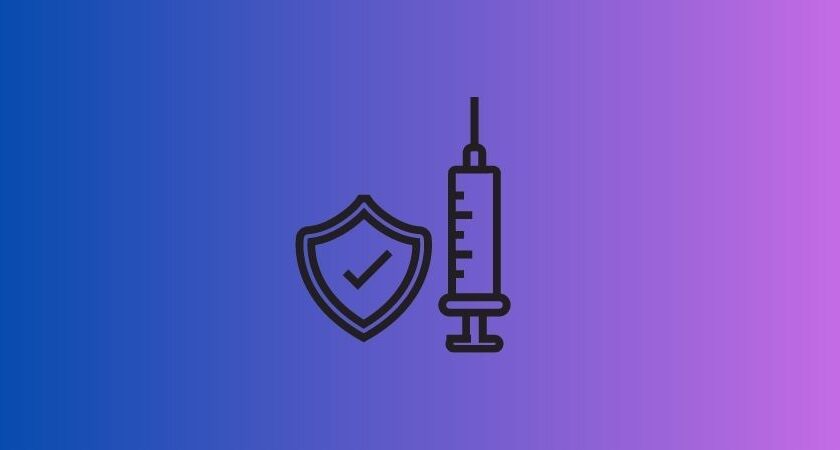The world has faced numerous health challenges throughout history, with pandemics and epidemics emerging as significant threats to global health. From the devastating effects of the Spanish flu in 1918 to the more recent outbreaks of Ebola and Zika, these infectious diseases have demonstrated their ability to disrupt societies, economies, and healthcare systems worldwide.
In this blog, we will explore the critical global health challenges posed by pandemics and epidemics and the measures taken to address them.
Understanding Pandemics and Epidemics
Pandemics and epidemics are widespread outbreaks of infectious diseases that affect large populations and transcend borders. They differ in scale and scope but share common characteristics of rapid transmission and significant impact on public health.
An epidemic is a regional outbreak of a disease that spreads faster than expected within a specific area. When an epidemic becomes global, affecting multiple continents and countries, it is termed a pandemic.
Historical Perspectives
Throughout history, humanity has witnessed several devastating pandemics, each leaving an indelible mark on society. The Spanish flu, which occurred between 1918 and 1919, is one of the most lethal pandemics in history, claiming the lives of an estimated 50 million people worldwide.
More recent pandemics include the H1N1 influenza pandemic (2009), SARS (Severe Acute Respiratory Syndrome) outbreak (2002-2003), and the ongoing COVID-19 pandemic, which has ravaged the world since 2019.
Global Health Challenges
The emergence of pandemics and epidemics poses unique challenges for global health, testing the readiness and response capabilities of countries and international organizations. These challenges include:
Rapid Transmission
Infectious diseases can spread swiftly in today’s interconnected world, thanks to increased global travel and trade. Pathogens can cross borders within hours, making it challenging to contain outbreaks and prevent the rapid escalation of a localized epidemic into a global pandemic.
Healthcare Infrastructure Strain
Pandemics and epidemics put immense pressure on healthcare systems, particularly in developing countries with limited resources. The surge in patient numbers can overwhelm medical facilities, leading to shortages of essential medical supplies, hospital beds, and healthcare personnel.
Socio-economic Impact
Beyond the immediate health consequences, pandemics and epidemics have far-reaching socio-economic effects. Lockdowns, travel restrictions, and business closures can result in economic recessions, job losses, and increased poverty levels, exacerbating social inequalities.
Information and Misinformation
The age of the internet and social media has facilitated the rapid dissemination of information, both accurate and false. Misinformation and conspiracy theories during outbreaks can hinder public health efforts, leading to vaccine hesitancy and non-compliance with preventive measures.
Addressing Global Health Challenges
Despite the daunting nature of pandemics and epidemics, the global community has shown a remarkable ability to come together and address these health challenges. Here are some strategies and initiatives employed to tackle these crises:
International Collaboration and Coordination
Pandemics do not recognize borders, emphasizing the need for international cooperation. Organizations like the World Health Organization (WHO), the Centers for Disease Control and Prevention (CDC), and various regional health agencies work collaboratively to monitor, detect, and respond to outbreaks swiftly.
Early Detection and Surveillance
The key to containing infectious diseases lies in early detection and surveillance. Countries have established robust surveillance systems to monitor disease patterns and track potential outbreaks. Moreover, advances in data analytics and artificial intelligence have bolstered the ability to predict and respond to outbreaks more effectively.
Research and Development
Investments in medical research and development have led to breakthroughs in vaccine development and therapeutics. The rapid development and distribution of COVID-19 vaccines showcased the power of scientific advancements and international collaboration.
Public Health Education
Public health education is vital in combating misinformation and fostering adherence to preventive measures. Governments and health agencies engage in public awareness campaigns to disseminate accurate information about the disease, its transmission, and available resources for treatment and prevention.
Strengthening Healthcare Infrastructure
To prepare for future outbreaks, countries must strengthen their healthcare infrastructure. This includes expanding medical facilities, stockpiling essential medical supplies, and investing in training healthcare workers to handle emergency situations effectively.
Conclusion
Addressing global health challenges posed by pandemics and epidemics requires a coordinated effort from governments, international organizations, healthcare providers, and the public. By learning from past experiences, investing in research and development, and enhancing healthcare infrastructure, we can bolster our preparedness for future outbreaks.
Moreover, promoting global cooperation, timely response, and accurate information dissemination will be critical in mitigating the devastating impact of infectious diseases on a global scale. Together, we can build a safer and healthier world for generations to come.
